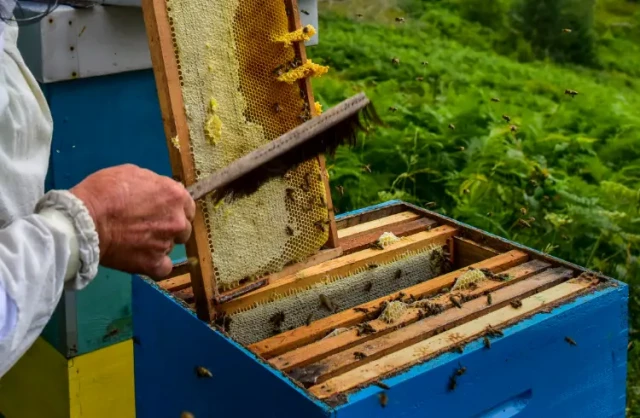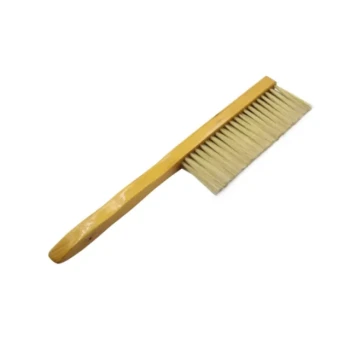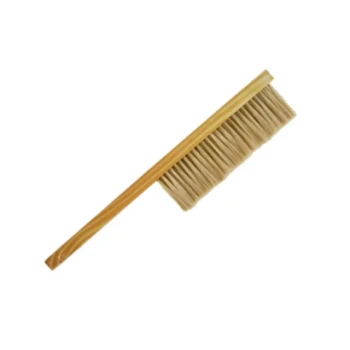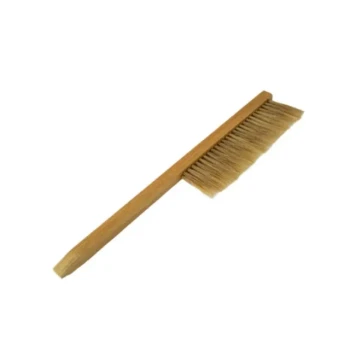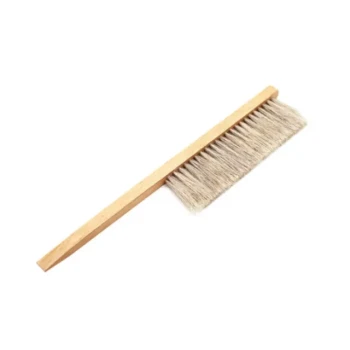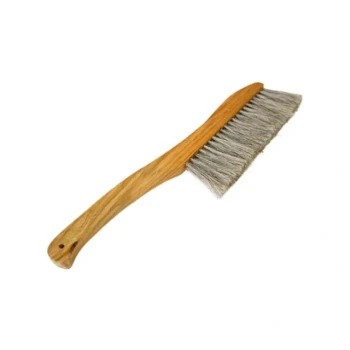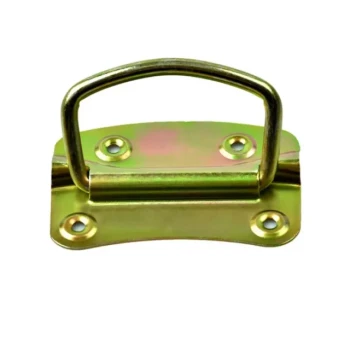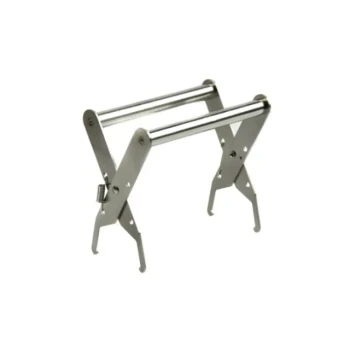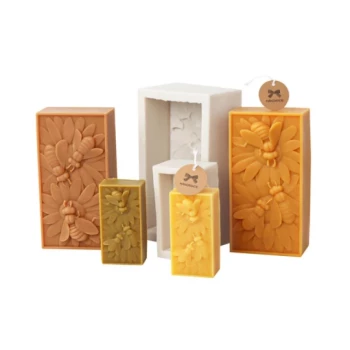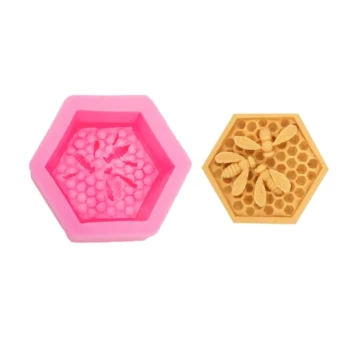Modern beekeeping requires tools that balance efficiency with ethical hive management. The humble bee brush, when used correctly, becomes one of the most valuable instruments in a beekeeper’s toolkit—minimizing stress for bees while allowing essential hive interventions. This guide covers optimal techniques, material considerations, and ethical insights to transform your brush handling from functional to exceptional.
The Role of Bee Brushes in Modern Beekeeping
Bee brushes serve as a gentle intermediary between beekeepers and colonies during hive inspections, honey harvesting, or frame rearrangements. Unlike more invasive methods, a well-designed brush allows you to:
- Redirect bees without harm, maintaining colony morale
- Access honeycomb efficiently during extraction
- Reduce defensive behaviors by avoiding sudden disruptions
Research shows that bees subjected to careful brushing exhibit fewer stress signals (like prolonged buzzing or clustering) compared to those handled with smoke or blowers. This makes brushes indispensable for maintaining hive productivity—especially in commercial apiaries where frequent inspections are necessary.
Anatomy of an Effective Bee Brush: Materials and Design
Not all bee brushes are created equal. The best prioritize:
Bristle Softness
- Natural fibers (e.g., horsehair) or ultra-soft synthetics prevent exoskeleton damage
- Avoid stiff bristles that can injure wings or legs
Handle Ergonomics
- Lightweight wood or rubberized grips reduce hand fatigue during prolonged use
- Angled designs offer better control when working deep within hives
Hygiene Features
- Removable heads for cleaning to prevent disease transfer between hives
Pro Tip: Test bristles on your forearm—they should feel no harsher than a makeup brush.
Step-by-Step Techniques for Stress-Free Bee Removal
1. Pre-Brushing Prep
- Work during mid-morning when bees are active but not aggressive
- Have a spray bottle of light sugar water (1:3 ratio) nearby to calm bees if needed
2. Brushing Motion
- Sweep gently downward with the grain of the bees’ bodies (never against it)
- Use short, feathery strokes—imagine petting a butterfly’s wings
- Pause every 2–3 strokes to let bees reposition naturally
3. Post-Brushing Care
- Return brushed bees to the hive entrance if displaced
- Avoid brushing the queen (identify her first and work around her)
Common Mistake: Over-brushing the same spot. This agitates bees and wastes time.
Bee Brush vs. Alternative Bee Displacement Methods
| Method | Best For | Bee Stress Level | Efficiency |
|---|---|---|---|
| Bee Brush | Precise, small-scale work | Low | Moderate |
| Smoke | Full-hive inspections | Medium | High |
| Air Blowers | Large-scale operations | High | Very High |
Key Insight: Brushes excel for targeted tasks (e.g., clearing frames), while smoke or blowers suit broader interventions.
When to Avoid Brushes: Contextual Limitations
- During nectar flows: Bees are more defensive; opt for minimal-intervention techniques
- In cold weather: Stiff bristles may harm lethargic bees
- With aggressive strains: Africanized hybrids may require smoke instead
Ethical Considerations and Bee Behavior Insights
Brushes aren’t just tools—they’re a statement of respect for your colonies. Studies suggest that gently brushed bees resume foraging 50% faster than those handled roughly. This directly impacts honey yields and colony health.
Reflective Question: Could refining your brush technique improve your apiary’s long-term productivity?
Ready to Elevate Your Beekeeping Practices?
HONESTBEE’s professional-grade bee brushes are trusted by commercial apiaries worldwide for their ergonomic designs and bee-friendly materials. Explore our wholesale catalog to equip your operation with tools that prioritize both efficiency and ethical hive management.
Visual Guide
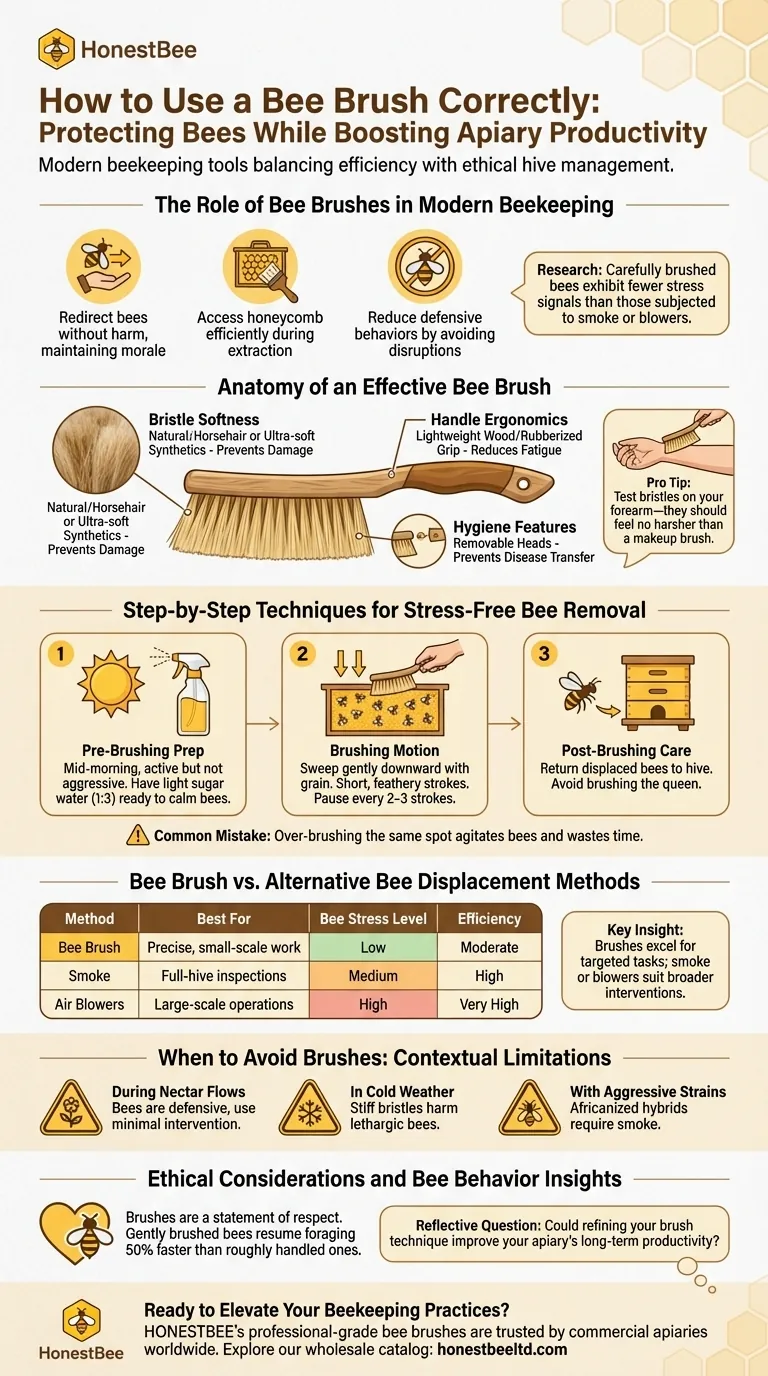
Related Products
- Wooden Bee Brush with Triple Row Artificial Fiber for Beekeeping
- Double Row Artificial Fiber Bee Brush for Beekeeping
- Classic Wooden Bee Brush with Double-Row Boar Bristles
- Wooden Bee Brush with Double-Row Horsehair Bristles
- Plastic Handle Single Row Artificial Fiber Bee Brush
Related Articles
- How to Master Bee Brush Techniques for Stress-Free Hive Inspections
- How to Optimize Hive Beetle Control Without Harming Your Bees
- How to Use a Bee Brush Safely: Protecting Bees While Managing Your Hive
- The Calculated Risk of a Simple Tool: Mastering the Bee Brush in Apiculture
- Essential Beekeeping Equipment for Beginners: Functions, Selection, and Best Practices
